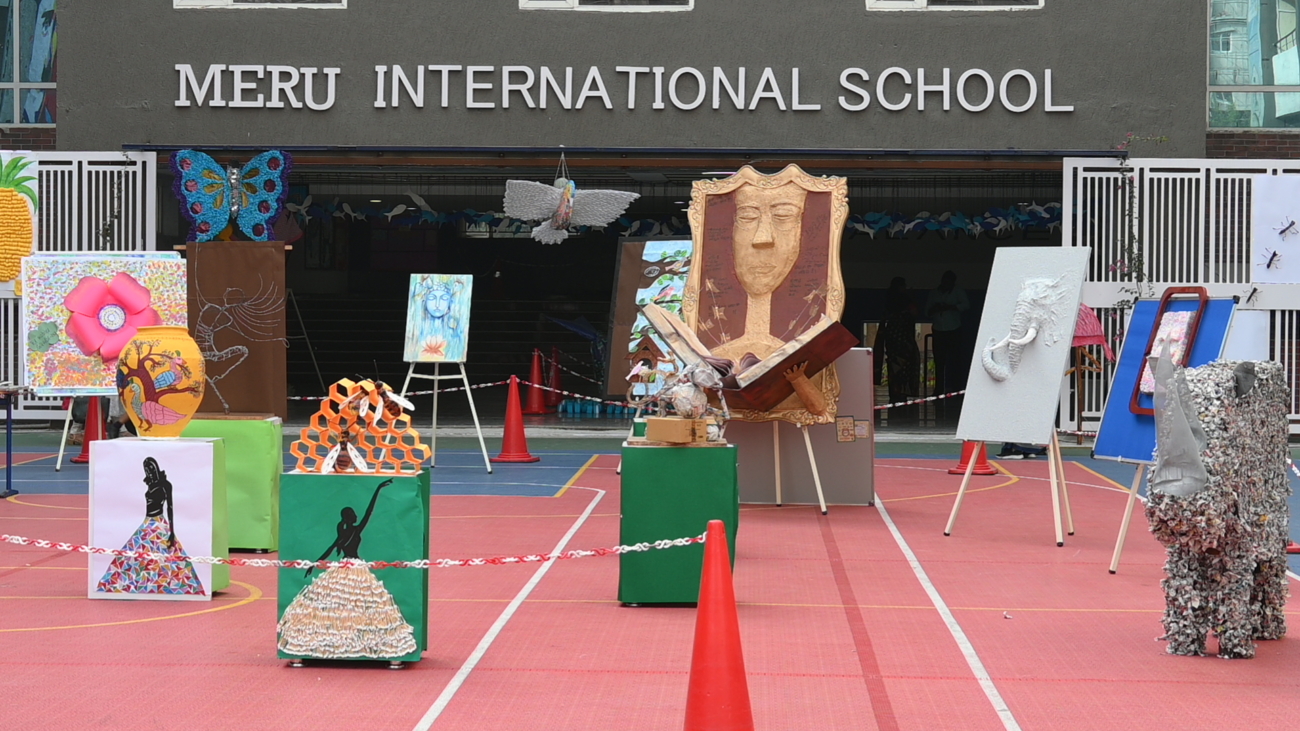

Art history is more than just a study of paintings, sculptures, and artistic movements—it’s a gateway to understanding the world and developing skills invaluable in academics and life. For our @ Meru International school students, especially those Preparing for competitive exams, art history offers a unique blend of creativity and analytical thinking, making it an essential subject with far-reaching benefits.
Enriching Perspectives on the World
Art history immerses students in the cultural, historical, and social contexts that shaped some of the greatest works of art. By studying different artistic traditions and movements, students gain a deeper appreciation for human expression and creativity. This understanding fosters cultural awareness and broadens their worldview, helping them connect with diverse perspectives.
Practical Skills for Academic Success
Beyond its aesthetic appeal, art history equips students with practical skills that directly impact their academic performance. Analysing artworks sharpens observational skills, critical thinking, and attention to detail—qualities that are highly valued in group exams and collaborative projects. Students learn to interpret visual elements, understand symbolism, and contextualise information, which enhances their ability to tackle complex problems in other subjects.
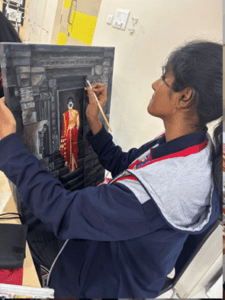
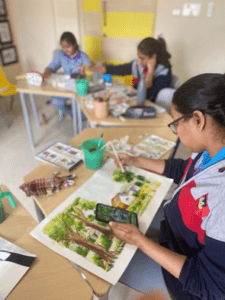
Bridging Creativity and Analytical Thinking
One of the most compelling aspects of art history is its ability to merge creative and analytical thinking. While students explore imaginative expressions through art, they also engage in logical analysis by examining historical contexts and artistic techniques. This dual approach nurtures well-rounded individuals who can think innovatively while maintaining a structured perspective—an invaluable combination for success in competitive fields.
A Powerful Asset for the Future
As students prepare for their careers, the skills gained through art history become even more relevant. Whether they pursue creative industries or analytical professions, the ability to think critically, adapt to different perspectives, and appreciate cultural diversity gives them a competitive edge. Art history not only enriches their academic journey but also prepares them to navigate the complexities of the modern world with confidence.
Final
Thoughts
Art history is more than just a subject; it’s a transformative experience that bridges the gap between creativity and analysis. By integrating this discipline into their education, students gain a deeper understanding of the world while developing practical skills that enhance their performance in group exams and beyond. In today’s fast-paced and competitive environment, art history stands out as a powerful tool for fostering success in both academic and professional pursuits.
Is Art History Really Important?
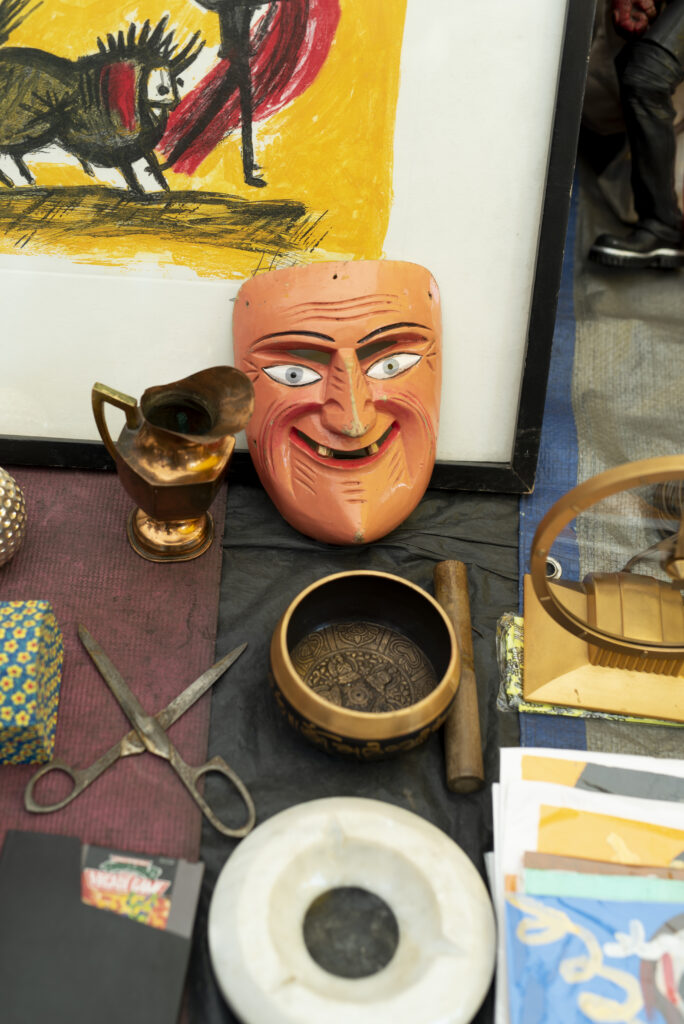
History of Fine Arts
Students often come across with this question and wonder if learning Art history is of any importance. Art history is more than just a study of paintings, sculptures, and artistic movements—it’s a gateway to understanding the world and developing skills invaluable in academics and life. It provides students with a window into the past, helping them decode cultural, social, and historical contexts that shaped human expression. Art history helps develop critical skills like observation, analysis, and creativity among students.
How does Art History help students?
Bridging Creativity and
Analytical Thinking
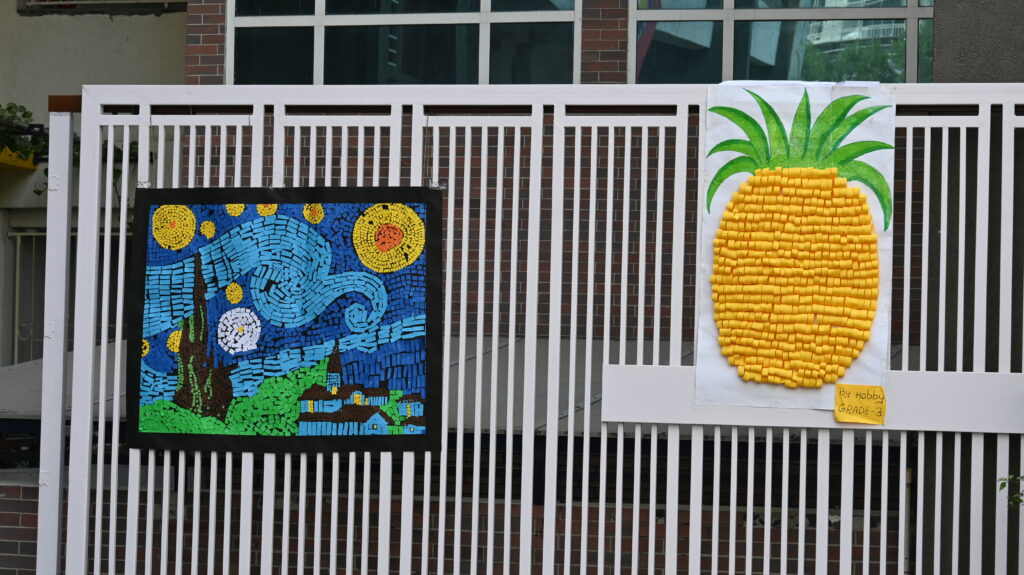
Practical Skills for
Academic Success
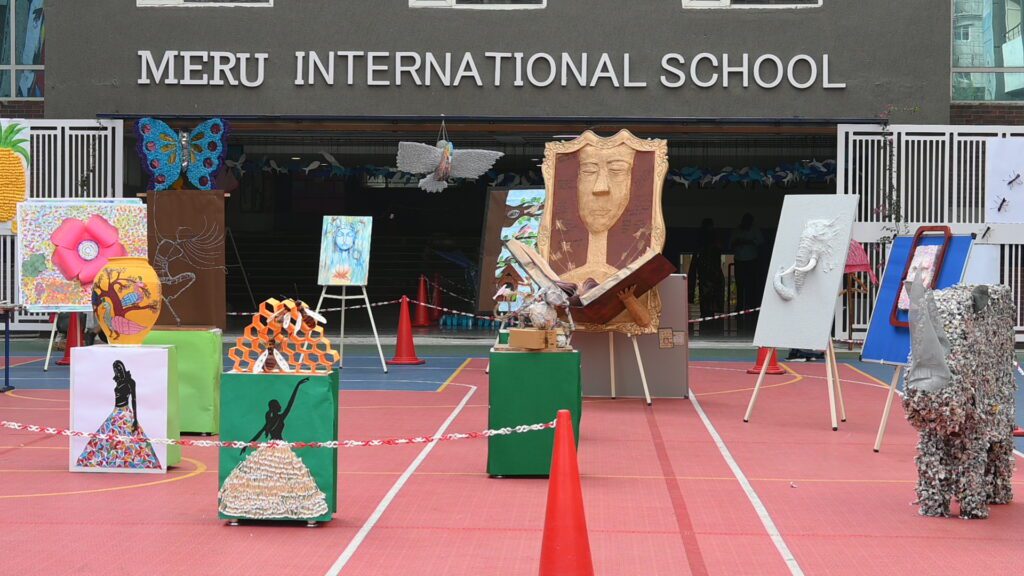
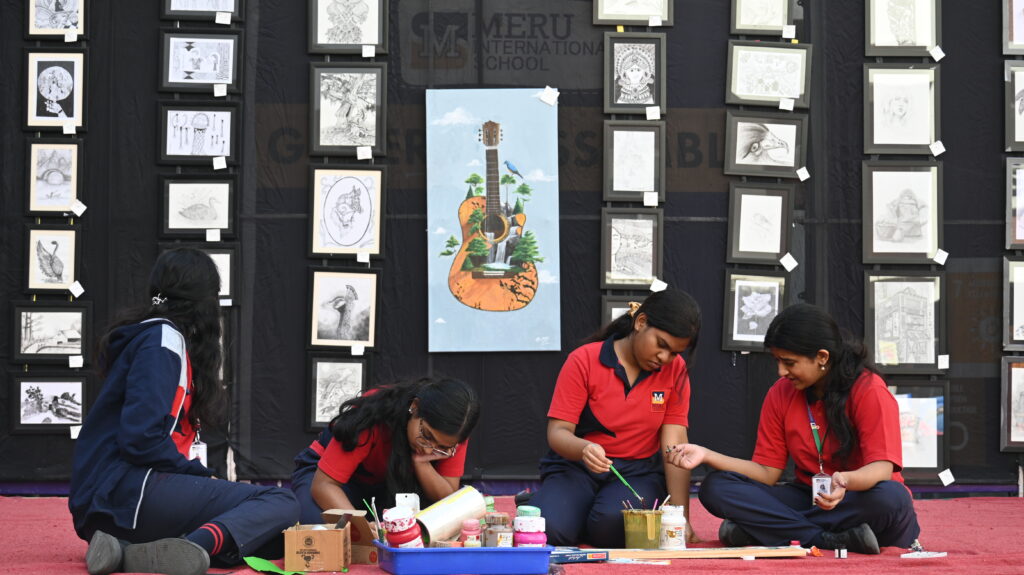
A Powerful Asset for the Future
As students prepare for their careers, the skills gained through art history become even more relevant. Whether they pursue creative industries or analytical professions, the ability to think critically, adapt to different perspectives, and appreciate cultural diversity gives them a competitive edge. Art history not only enriches their academic journey but also prepares them to navigate the complexities of the modern world with confidence.
A Powerful Asset for the Future
As students prepare for their careers, the skills gained through art history become even more relevant. Whether they pursue creative industries or analytical professions, the ability to think critically, adapt to different perspectives, and appreciate cultural diversity gives them a competitive edge. Art history not only enriches their academic journey but also prepares them to navigate the complexities of the modern world with confidence.
Study of Art History at school
History of Fine Arts is a topic which students pursuing Fine Art-Painting subject in Grade 11 and Grade 12 CBSE need to study. It covers the theoretical and practical aspects of Indian art. The Art & Design subject students in IGCSE and AS Level and A level in the Cambridge curriculum need to do a thorough study of the Western Art history as part of their course curriculum.
Making Art History Engaging for students
At Meru International School, Hyderabad we believe that art history is more than just a subject to study—it’s an exciting journey into creativity, culture, and analysis. To make it engaging for students we use a variety of interactive methods that spark curiosity and deepen understanding:
1. Visual Storytelling through Multimedia
Art history comes alive with the use of digital tools, museum tours, and documentaries. Students explore famous artworks and historical movements through vibrant visuals, videos, and interactive presentations, making learning dynamic and memorable.
2. Hands-On Activities and Projects
- Recreating Art: Students try their hand at replicating famous works to understand techniques and styles.
Art Exhibition: Celebrating Creativity and Reflection
At Meru International School, our students don’t just learn about art—they create it. To showcase their journey, we organize Meru Antaragni, our annual Art Exhibition, where students exhibit their own artworks and reflect on the creative process behind each piece. This exhibition serves as a powerful way for students to share what they’ve learned, explore their creative growth, and connect their work with the historical and cultural contexts they’ve studied.
You can explore the incredible talent and artistic expression of our students at Meru Antaragni 2025 Art Exhibition at Meru International School. We invite you to witness how the study of art history has inspired and shaped their creative voices!
3. Real-Life Applications
- Field Visits: Students visit local art galleries or museums to see art firsthand.
4. Research and Presentations
Students research iconic artists, movements, or techniques and present their findings creatively, allowing them to take ownership of their learning.
By blending technology, creativity, and real-world connections, we make art history an engaging and enriching experience for Grades 11 and 12, inspiring students to appreciate the power of art in shaping culture and thought.
Final Thoughts
Art history is more than just a subject; it’s a transformative experience that bridges the gap between creativity and analysis. By integrating this discipline into their education, students gain a deeper understanding of the world while developing practical skills that enhance their performance in group exams and beyond. In today’s fast-paced and competitive environment, art history stands out as a powerful tool for fostering success in both academic and professional pursuits.
#ArtHistory #CreativeLearning #MeruInternationalSchool #MeruMiyapur #MeruTellapur #ArtExhibition #CulturalUnderstanding #FutureReady #CriticalThinking #CreativeEducation #CBSE #CambridgeCurriculum #MeruAntaragni #HandsOnLearning #ArtInEducation #StudentCreativity

